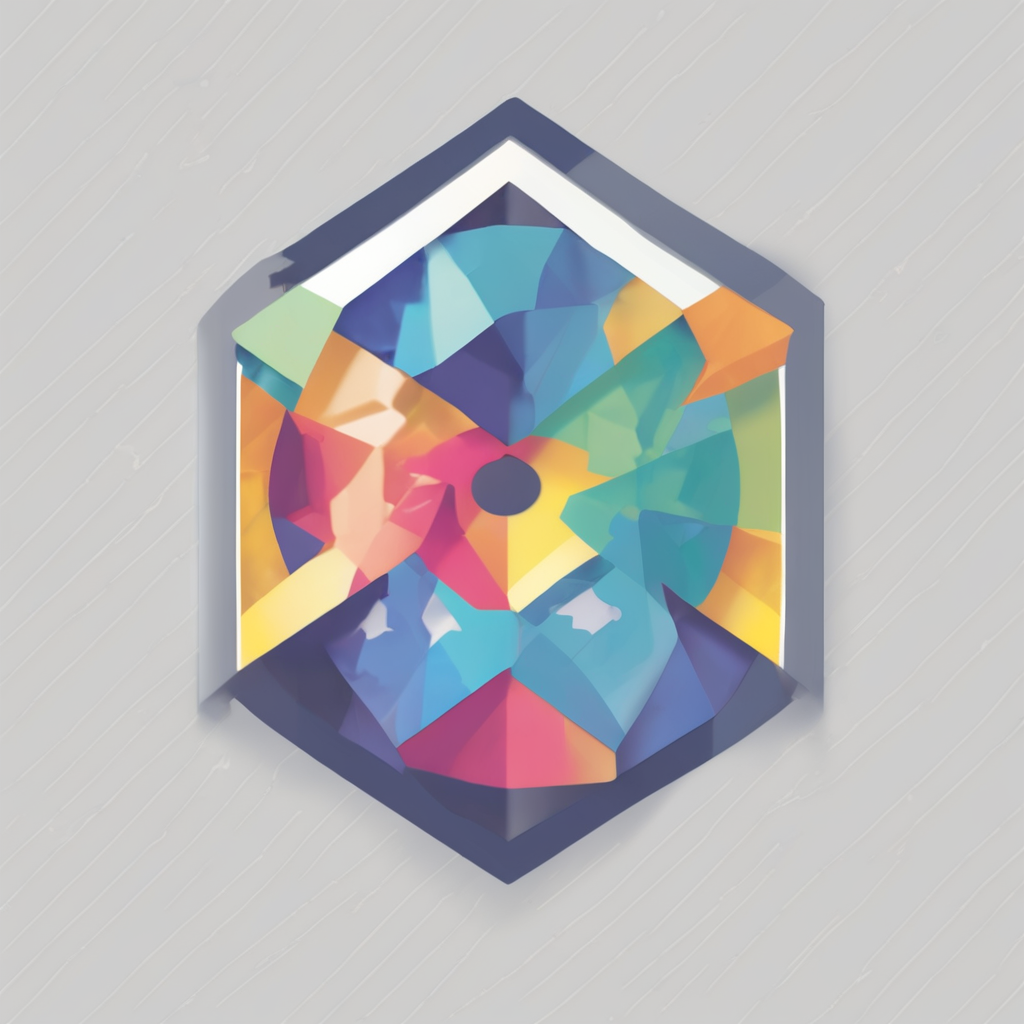Understanding Gamification
Gamification is the strategic practice of integrating game-like elements into non-gaming environments—particularly within business contexts—to bolster customer engagement and motivation. At its core, gamification employs elements such as points, leaderboards, challenges, and rewards to foster an interactive, fun, and competitive atmosphere among consumers. Businesses leverage gamification to transform customer experiences, creating dynamic interactions that extend beyond traditional engagement methods.
In the ever-evolving marketplace, enhancing customer engagement is paramount. Customers interacting through gamified platforms often find increased satisfaction and attachment to the brand, fostering deeper emotional connections. Companies are now compelled to adopt innovative strategies like gamification to enhance customer engagement and maintain a competitive edge. By implementing gamification, businesses can effectively transform routine experiences into compelling narratives that inspire action and loyalty.
In parallel : Unlocking marketing success: the power of customer journey mapping
Overall, the capacity of gamification to weave engaging stories and competitive dynamics into customer interactions offers promising avenues for driving brand curiosity and loyalty. This approach not only captivates the interest of users but also aligns with strategic business outcomes, rendering gamification a valuable asset in modern-day marketing strategies.
Benefits of Implementing Gamification
Integrating gamification into business strategies can yield substantial benefits, particularly in enhancing customer loyalty and retention. By injecting elements of play into customer interactions, businesses create engaging experiences that make users more likely to return. When customers find enjoyment in their purchase journey, their attachment to the brand deepens.
Additional reading : Boost your marketing impact: the power of cross-brand collaborations
Moreover, gamification significantly boosts increased engagement levels among users. An interactive and fun environment invites participation, motivating customers to interact more frequently with brand offerings. This heightened interaction not only holds the user’s attention but also enriches their experience with the brand.
The ripple effects of such engagement contribute to an enhanced brand perception, allowing companies to forge stronger emotional bonds with their audience. As customers associate positive feelings and satisfaction with the brand, these associations foster a higher level of loyalty, which in turn supports long-term business success.
Implementing gamification strategies aligns with customers’ evolving expectations, making it a powerful tool for businesses seeking to remain competitive. Through thoughtful design and execution, companies can unlock the full potential of gamification, maximizing engagement and deriving enduring benefits.
Effective Gamification Strategies for Businesses
Within the landscape of business innovation, gamification strategies offer a transformative approach to enriching customer experience. These strategies focus on creating more engaging and interactive solutions, resonating well with users in today’s dynamic market.
Designing Reward Systems
A pivotal aspect of effective gamification is crafting reward systems that resonate with users. Tangible rewards, such as points, badges, and leaderboards, play a crucial role. They serve not only as recognition but also as motivation for continued interaction. For instance, points can accumulate towards discounts or exclusive offers, while badges may signify milestones that encourage users to progress.
Incorporating Challenges and Competitions
Another engaging strategy is the use of challenges and competitions. By integrating competitive scenarios, businesses can amplify user engagement. Time-limited challenges, for example, can instill a sense of urgency and excitement, driving customers to participate more actively and frequently. These challenges often lead to heightened satisfaction when users overcome hurdles, propelling further interaction.
Personalization through Gamification
Lastly, personalization is a game-changer. Tailoring gamified experiences to individual preferences increases their appeal and relevance. Leveraging user data, companies can create unique gamification paths that align with each customer’s interests and behaviours, ultimately fostering deeper connections and sustained engagement.
Real-World Examples of Successful Gamification
When exploring real-world examples of successful gamification, several companies emerge as pioneers. For instance, Starbucks incorporated a rewards system that allows customers to earn stars leading to free items. This approach significantly enhanced customer engagement and drove loyalty by transforming purchasing habits into a rewarding game-like experience. The Starbucks Rewards program provides clear insights into engagement improvements, boasting increased repeat purchases and strong customer retention.
Nike’s Nike+ Run Club app exemplifies another successful case. It leverages gamification through challenges and community engagement, offering virtual medals and leaderboards for running achievements. These metrics showcase how gamification fosters a competitive yet supportive environment, enhancing user motivation and activity.
Furthermore, the success of Duolingo in using gamification to enhance language learning can’t be overlooked. It employs a combination of progress tracking, rewards, and peer competition to maintain learner motivation. Key outcomes reveal significant improvements in user retention and satisfaction compared to traditional methods.
These examples illustrate the diverse applicability and effectiveness of gamification across various industries. Businesses looking to implement such strategies can draw lessons from these case studies, including the focus on user rewards and immersive experiences to drive meaningful results.
Tools and Platforms for Gamification
Choosing the right gamification tools is crucial for businesses aiming to boost customer engagement. Several engagement platforms provide robust technology solutions that seamlessly integrate with existing systems. This integration ensures a cohesive user experience, making gamified solutions a natural part of customer interactions.
Popular platforms include Bunchball, which specializes in cloud-based gamification solutions, and Badgeville, known for its flexible implementation across various business models. These tools offer features such as leaderboards, points, and performance analytics, supporting businesses in creating customized experiences that resonate with users.
When selecting gamification tools, businesses should consider scalability, ease of integration, and the specific features offered. Attention to user data protection and privacy is also vital. Ensuring that the platform can provide detailed analytics allows the company to fine-tune its strategies based on user feedback and interaction data.
Moreover, a best-in-class gamification tool will offer a variety of customization options, allowing businesses to tailor experiences to their brand identity and customer preferences. This personalized approach not only enhances engagement but also fosters a deeper connection with the audience, driving sustained business success.
Measuring the Impact of Gamification
To truly harness the potential of gamification, businesses must focus on measuring success through key performance indicators (KPIs). These KPIs are pivotal in evaluating customer engagement, allowing companies to track specific metrics such as user participation rates, activity levels, and retention statistics. By analysing these indicators, businesses gain insights into the effectiveness of their gamification efforts.
Key Performance Indicators for Success
Certain KPIs stand out when measuring gamification. Metrics such as average session time, return visits, and customer loyalty scores provide a comprehensive overview of how well the gamified experiences are resonating with users. These indicators help ascertain if gamification is effectively boosting engagement ** and contributing to desired business outcomes.
Tools for Engagement Analytics
Employing the right tools is essential for conducting thorough engagement analytics. Diverse platforms offer functionalities like real-time tracking and detailed reporting, providing a deeper understanding of user interactions. By leveraging these tools, businesses are better positioned to fine-tune their strategies, enhancing overall engagement.
Data-Driven Strategy Adjustments
Based on the insights gathered, companies can refine their gamification tactics. Regularly revisiting and adapting strategies ensure that the experiences remain relevant and enticing to users, ultimately driving sustainable business growth and customer satisfaction.











